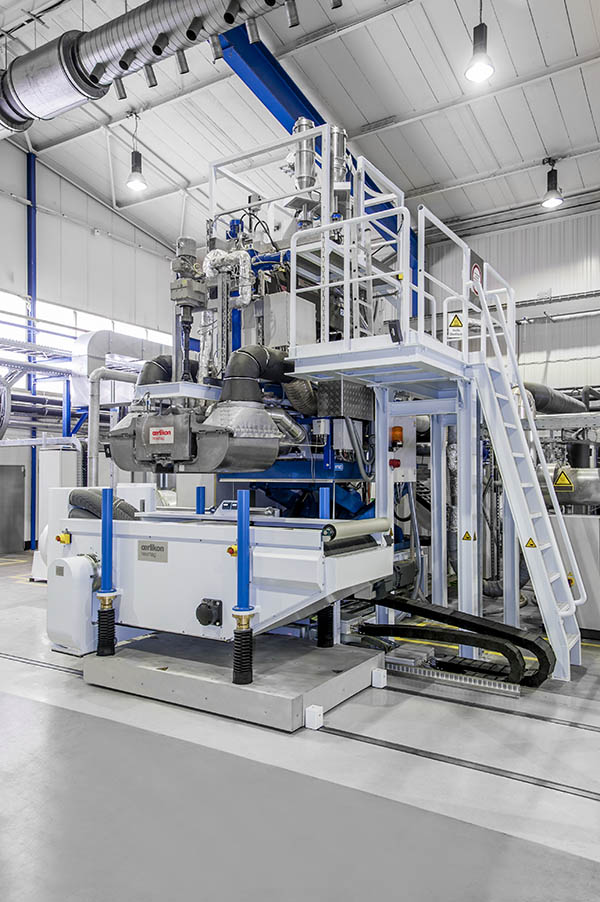Walker Filtration awarded Queen’s award for enterprise
Walker Filtration has humble roots, a business that was started in 1983 by a team of two. Since, the business has grown immensely in its native North East of UK …
Parker Hannifin to buy filtration maker Clarcor, deal valued at $4.3B
Industrial conglomerate Parker Hannifin Corp. said it would buy filtration maker Clarcor Inc. for about $4 billion. Parker Hannifin is paying $83 a share, an 18% premium to Clarcor’s closing price on November 30, 2016. The …


Efficient, flexible and economical – meltblown technology for high-performance filtration
Almost 500,000 tons of nonwovens are currently used annually in the production of filters, which corresponds to approximately 10% of current worldwide industrial nonwovens manufactured. Here, the filter market is split into two areas: air and liquid filtration. While in excess of 170,000 tons of nonwovens were manufactured for gas/air filters in 2015, the volume for liquid filters was almost double at around 295,000 tons.
Depending on the specific application, the demands on filters are extremely high. To this end, high-efficiency particulate air filters for clean rooms must, for example, filter < 1µm particles from the air with virtually 100% efficiency. Filters must achieve their separation performance with the lowest possible pressure drop – in other words, filter resistance. Pressure drop is one of the most important quality features of filters: the lower the pressure drop, the more energy efficient the filter of the corresponding filter class is. A good example is vacuum cleaner filters. The class in the case of vacuum cleaners depends on the energy consumption, which is also influenced by the vacuum cleaner filter. If the filter is too dense, the vacuum cleaner draws more electricity and the energy consumption increases.
INDA marks 25th anniversary of Filtration International Conference & Exposition with record exhibition space booked and complimentary admission day
INDA, the Association of the Nonwoven Fabrics Industry, is celebrating the 25thAnniversary of its annual Filtration International Conference & Exposition with record exhibition space booked and by offering a complimentary …
Five years of reverse osmosis membrane elements from LANXESS in Bitterfeld
“Our foray into the reverse osmosis (RO) membrane business five years ago has truly been a success story. We have almost reached the limit of our current capacity so we …

